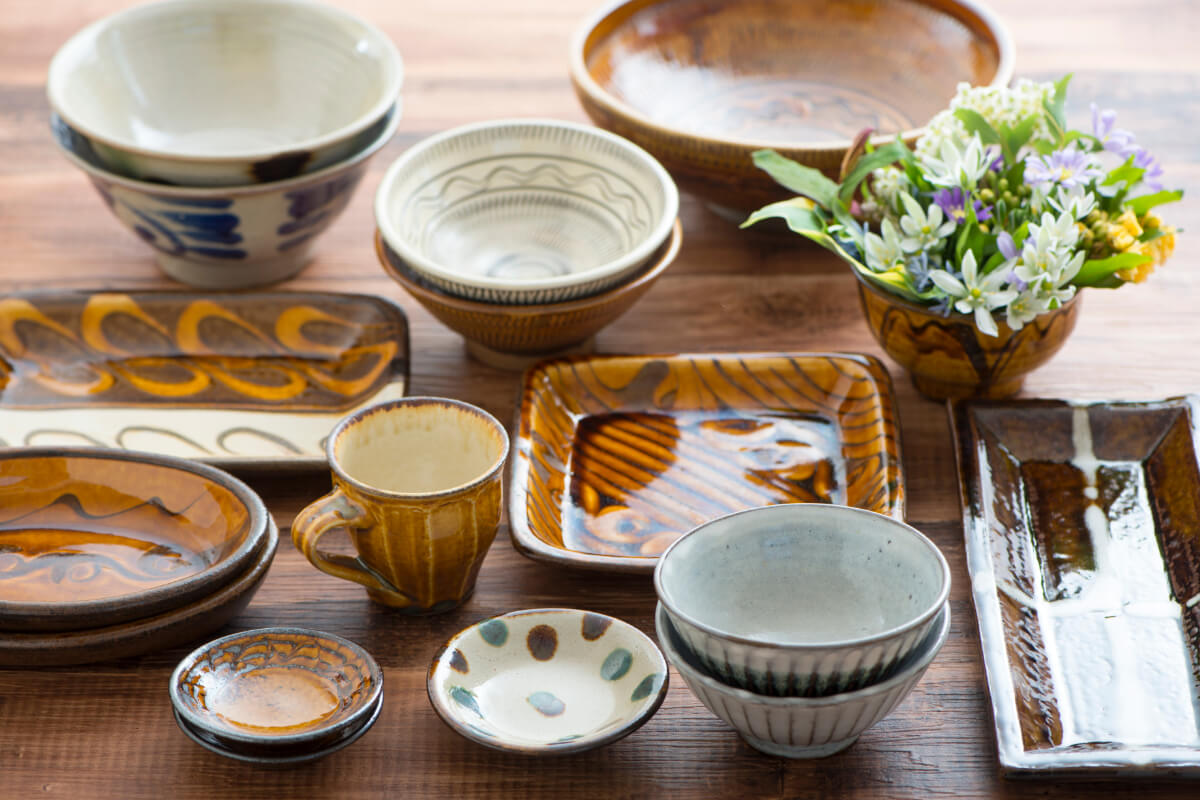Types of Japanese Cuisine

Types of Japanese Cuisine
Broadly speaking, Japanese cuisine can be divided into honzen cuisine, kaiseki cuisine, tea kaiseki cuisine and household cuisine. In particular, honzen cuisine and tea kaiseki cuisine have the most formalized styles and are considered the most basic types of Japanese cuisine.
Honzen Cuisine
Honzen cuisine is a formal type of Japanese cuisine served at important ceremonial occasions. On the honzen tray is served a main soup, a dish of raw fish and vegetables seasoned with vinegar, a simmered dish, a dish of pickled vegetables and rice, and second and third trays are added with various configurations, such as one soup and two side dishes, one soup and three side dishes or two soups and five side dishes.
Kaiseki Cuisine
Kaiseki refers to a simplified form of cuisine served to guests at a gathering. It consists mainly of seven components: a soup, sashimi, an appetizer, a grilled fish served in a bowl, a simmered dish, a small side dish and a clear soup, and there are also more extravagant variations with even more dishes.
Tea Kaiseki Cuisine
The characters used to write “kaiseki” in “tea kaiseki” have the rough meanings of “pocket” and “stone,” and refer to the fact that this type of meal is just filling enough to give a feeling in the stomach similar to that of being warmed by a water-heating stone from a traditional bath. This type of cuisine is a simple meal that is served at the traditional Japanese tea ceremony, and just as the tea ceremony has its own etiquette, so does tea kaiseki. First, rice, soup and a side dish are brought out on a tray, and they are joined in turn by a boiled dish, grilled fish, a clear soup, a delicacy served in a large dish, hot water with pickled vegetables and a sweet for dessert. This also serves as the basis for today’s household cuisine.
